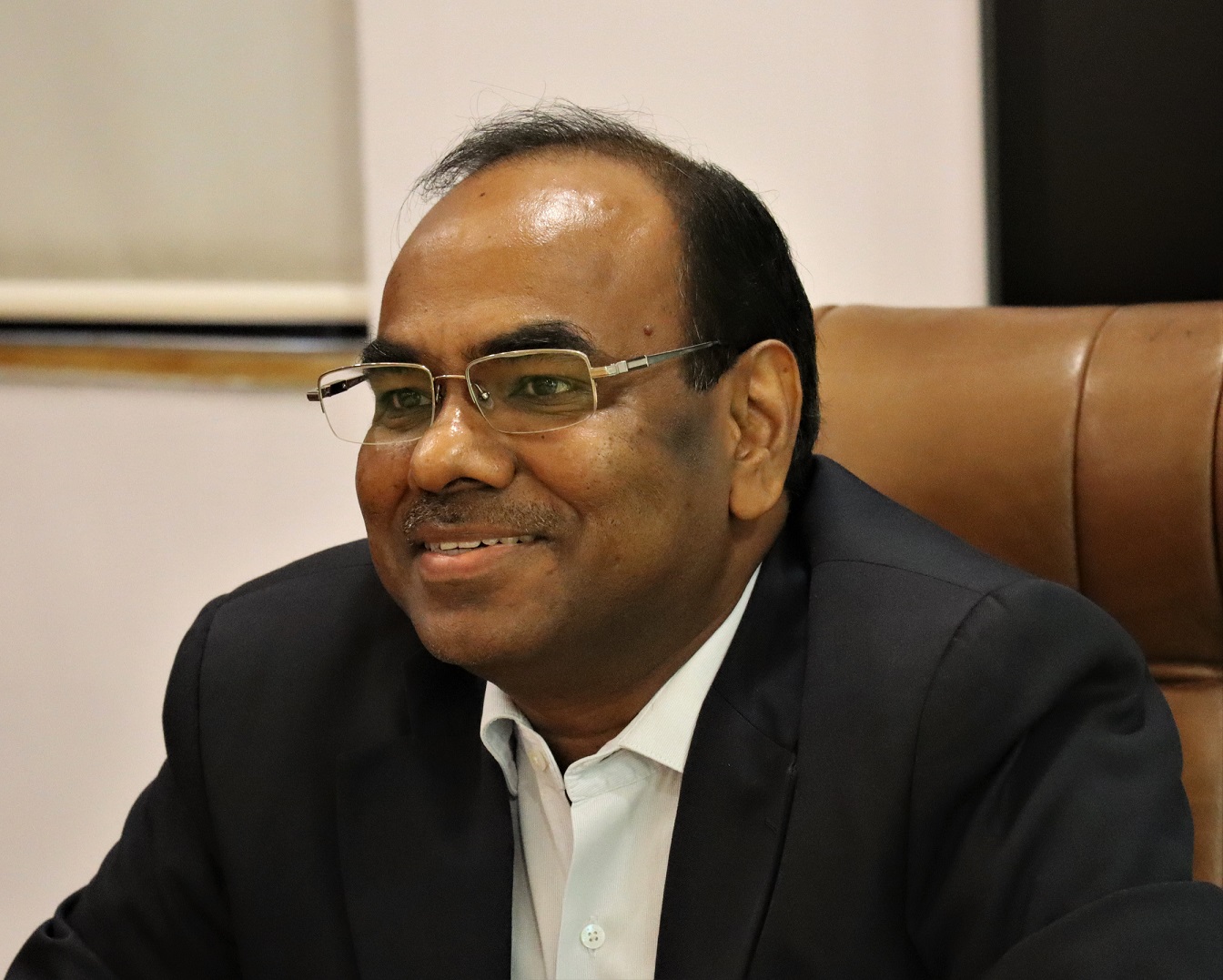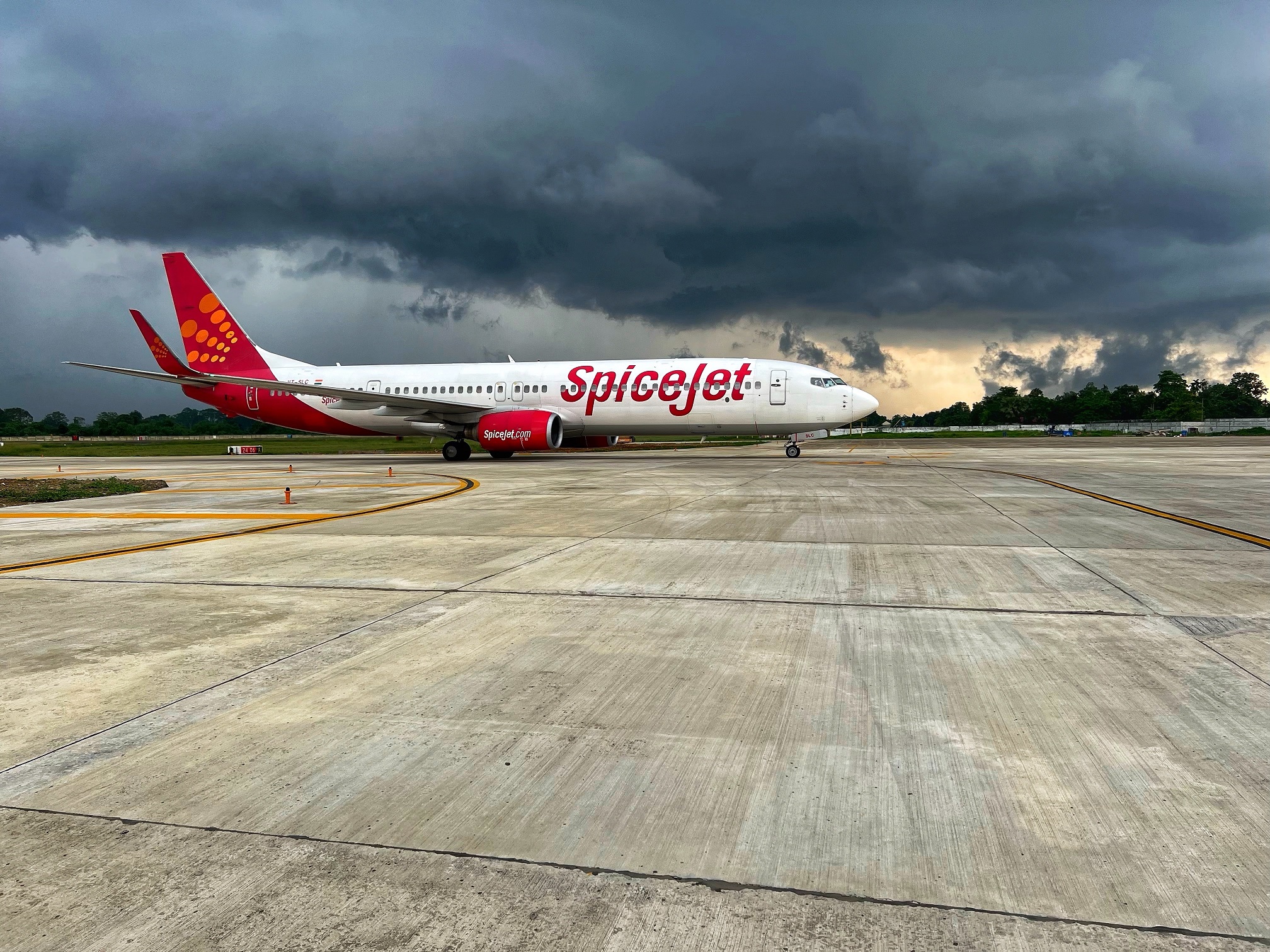Pulse of Wisdom: Ensuring Cybersecurity in the Indian Aviation Industry
In an increasingly interconnected world, where technology plays a pivotal role in every sector, the aviation industry is no exception. The Indian aviation sector has undergone rapid digitization and automation, leading to improved efficiency, convenience, and passenger experience. However, this reliance on technology also exposes the industry to a range of cyber threats that can have severe consequences. Ensuring robust cybersecurity measures is imperative to safeguarding the integrity, safety, and operations of the Indian aviation sector.
Challenges in Indian Aviation Cybersecurity:
Complexity of Systems: The aviation industry relies on an intricate network of systems, including air traffic management, communication, navigation, surveillance, aircraft control systems, and passenger data management. Each of these components presents an entry point for cyber threats.
Regulatory Framework: Although regulatory bodies like the Directorate General of Civil Aviation (DGCA) and Bureau of Civil Aviation Security (BCAS) in India have outlined cybersecurity guidelines, the dynamic nature of cyber threats requires continuous updates and adaptations to stay ahead of potential risks.
Human Factor: Cyberattacks often exploit human vulnerabilities through tactics like phishing and social engineering. Proper training and awareness programs are essential to prevent inadvertent actions that might compromise security.
Supply Chain Vulnerabilities: The aviation industry’s global supply chain increases the potential for compromised software or hardware to be integrated into critical systems, creating a backdoor for cybercriminals.
Critical Infrastructure: Cyberattacks on aviation systems can have dire consequences, ranging from flight disruptions to compromising passenger safety. Ensuring the security of critical infrastructure is paramount.
Mitigating Cyber Risks:
Regulation and Compliance: The DGCA/BCAS and relevant authorities must continually update and enforce cybersecurity regulations, standards, and guidelines. Mandatory audits and assessments can help ensure compliance across the industry.
Threat Intelligence: Establishing a robust threat intelligence system allows the industry to stay informed about emerging cyber threats, enabling proactive mitigation measures.
Employee Training: Regular training sessions for aviation staff, from ground personnel to cockpit crews, are crucial in raising awareness about cyber risks and promoting responsible online behavior.
Secure Software Development: Airlines, airports, and aviation technology providers should adhere to secure software development practices, regularly patching and updating systems to prevent known vulnerabilities.
Collaboration: Collaboration among stakeholders, including airlines, airports, regulators, and cybersecurity experts, fosters a comprehensive approach to cybersecurity. Sharing best practices and threat information can lead to quicker responses to evolving threats.
Incident Response Plans: Developing well-defined incident response plans that outline actions to be taken in case of a cyber incident helps in containing the damage and restoring normalcy swiftly.
Conclusion:
As the Indian aviation industry continues its digital transformation, ensuring cybersecurity becomes a non-negotiable aspect of operations. A collaborative effort involving regulators, industry players, and cybersecurity experts is essential to effectively tackle the evolving landscape of cyber threats. By establishing and adhering to robust cybersecurity measures, the Indian aviation sector can safeguard its operations, protect passenger safety, and maintain its reputation as a reliable and secure mode of travel in the modern age
By: Ms. Maya Mishra (Assistant General Manager – Ground Services)




